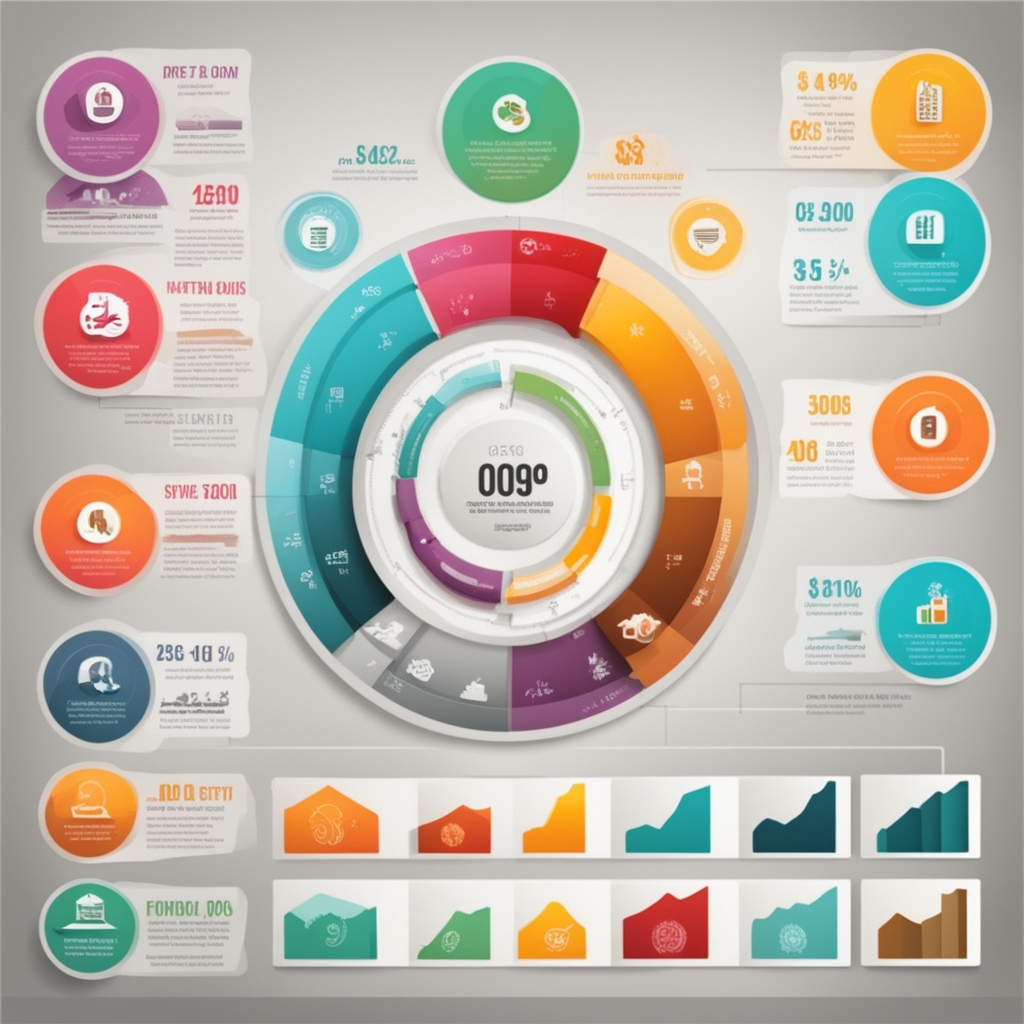Earn Money by Designing Infographics
Visual content plays a crucial role in communicating ideas effectively. Infographics, which combine visuals and data to present information clearly and attractively, are in high demand. Businesses, bloggers, marketers, educators, and organizations rely on them to engage audiences. This growing demand has opened up a significant opportunity for designers to earn money by creating compelling infographics. If you’re a creative individual with an eye for design, this can be a lucrative venture.
Why Infographics Are in Demand
Infographics make complex information digestible and visually appealing. Here are a few reasons why they’re popular:
- Visual Content Dominates: People are more likely to remember visuals than plain text.
- Boosts Engagement: Infographics grab attention and are easily shareable on social media platforms.
- Improves SEO: Websites that use infographics can attract more traffic.
- Data Simplification: They make data-heavy content easier to understand for a broad audience.
Skills You Need to Design Infographics
You don’t need a degree in graphic design to start creating infographics, but having certain skills will give you an edge:
- Design Skills: Knowledge of color theory, typography, and layout.
- Data Visualization: Ability to present data in an understandable and appealing format.
- Creativity: Thinking outside the box to deliver unique and engaging visuals.
- Software Proficiency: Familiarity with tools like Adobe Illustrator, Photoshop, Canva, or online infographic platforms.
Tools for Creating Infographics
- Adobe Illustrator & Photoshop – For professional designs with complete creative control.
- Canva – Great for beginners with easy-to-use templates.
- Piktochart – Offers excellent templates for creating data-driven infographics.
- Venngage – Ideal for marketers and businesses.
- Visme – A versatile tool for infographics, presentations, and more.
How to Get Started
If you want to start earning money by designing infographics, follow these steps:
1. Build Your Portfolio
Before approaching clients, create a portfolio showcasing your best infographic designs. If you’re just starting out, design a few sample infographics on trending topics. A strong portfolio will help you stand out.
2. Choose a Niche
Focusing on a specific niche can make your services more appealing. Examples of niches include:
- Marketing and Social Media Infographics
- Health and Fitness
- Finance and Cryptocurrency
- Education and E-learning
3. Set Your Pricing
Decide on your pricing structure based on your experience and the complexity of the infographic. Common pricing models include:
- Hourly Rate: Charge an hourly rate for your time.
- Fixed Rate: Set a flat fee per project.
- Package Pricing: Offer bundled services like multiple infographics at a discounted rate.
4. Find Clients
There are various ways to find clients and projects:
- Freelance Platforms: Use platforms like Fiverr, Upwork, and Freelancer to find gigs.
- Social Media: Showcase your designs on Instagram, Twitter, and LinkedIn to attract potential clients.
- Networking: Connect with marketers, bloggers, and small businesses that may need infographic services.
- Cold Pitching: Reach out to businesses that could benefit from infographics and offer your services.
5. Market Yourself
Create a professional website or portfolio on Behance or Dribbble. Share your work on social media and participate in design communities. Testimonials from happy clients will also boost your credibility.
How Much Can You Earn?
Earnings as an infographic designer can vary depending on experience, clients, and the quality of your work. On average:
- Beginner Designers: $20–$50 per infographic
- Intermediate Designers: $50–$150 per infographic
- Experienced Designers: $150–$500+ per infographic
Some designers working with big brands can earn thousands of dollars per project.
Types of Infographics You Can Design
- Statistical Infographics – Present complex data with charts and graphs.
- Timeline Infographics – Show events or processes over time.
- How-To Infographics – Provide step-by-step guides visually.
- Comparison Infographics – Compare two or more products, ideas, or concepts.
- List-Based Infographics – Organize lists in a visually engaging format.
Tips for Designing Effective Infographics
- Keep It Simple: Don’t overload the design with too much information.
- Use a Consistent Color Scheme: Stick to a palette that complements the content.
- Prioritize Readability: Ensure the text is clear and easy to read.
- Focus on Storytelling: Every infographic should tell a story and guide the viewer logically.
- Test Your Design: Get feedback from peers or potential users to ensure it’s effective.
Designing infographics is a great way to earn money while showcasing your creativity. The demand for visual content is not slowing down, making this a reliable and scalable business opportunity. Whether you want to pursue it as a side hustle or a full-time career, the key is to continually improve your skills, build a strong portfolio, and market yourself effectively.
Start small, stay consistent, and soon you’ll be turning your passion for design into a profitable income stream.

Leave a Reply